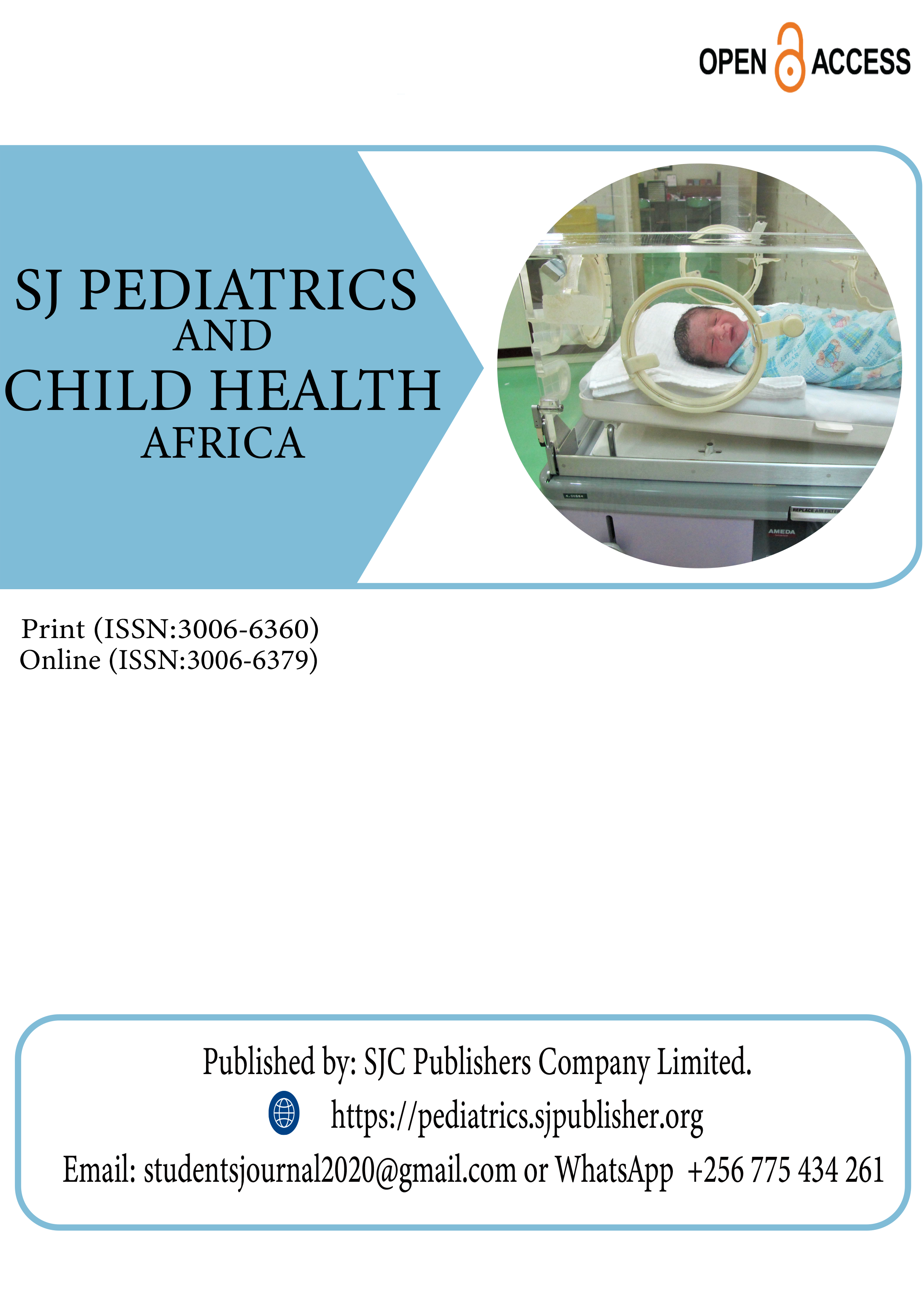Pattern of heart disease in children attending Dessie referral hospital, Ethiopia, a facility cross-sectional study.
DOI:
https://doi.org/10.51168/8xes4408Keywords:
Cardiac disease, Rheumatic heart disease, Congenital heart disease, Disease pattern, Dessie, South Wollo, Dessie Referral Hospital, EthiopiaAbstract
Background
Congenital heart disease (CHD) and rheumatic heart disease (RHD) represent a significant health burden in developing countries, contributing substantially to childhood morbidity and mortality. Both conditions are closely linked to socio-economic factors and are largely preventable.
Objectives: This study aimed to assess the magnitude and pattern of heart disease among children at Dessie Referral Hospital, Ethiopia, from October 2022 to March 2023.
Methods
A retrospective, institution-based cross-sectional study was conducted at Dessie Referral Hospital. Data were collected from patient charts using a simple random sampling method. The data were entered, cleaned, and analyzed using SPSS version 25, with descriptive statistics applied for analysis.
Results
Over the six-month study period, 275 cases of cardiac disease were identified out of 6,018 total cases, yielding an incidence rate of 4.5%. Rheumatic heart disease accounted for 153 cases (55.6%), with the most common presentations being mitral valve regurgitation (57.2%, n=95), tricuspid regurgitation (49.4%), mitral stenosis (32.5%), and aortic regurgitation (AR). Congenital heart disease was diagnosed in 112 cases (40.7%), with ventricular septal defect (47.5%) being the most frequent, followed by atrial septal defect (15.1%), atrioventricular septal defect (11.5%), and Tetralogy of Fallot (TOF) (8%).
Conclusion
Cardiac diseases remain a significant health concern, with an incidence rate of 4.5% over six months. Rheumatic heart disease accounted for the majority (55.6%) of cases, while congenital heart disease comprised 40.7%, with ventricular septal defect being the most common presentation.
Recommendation
These findings highlight the urgent need for improved prevention, early detection, and management strategies, particularly for RHD and CHD, to reduce their burden and associated complications.
Downloads
Published
Issue
Section
License
Copyright (c) 2025 Zehara Gashaw, Ehtemariam Bahiru, Tariku Yigremachew Gossaye, Mohammed Legesse (Author)

This work is licensed under a Creative Commons Attribution-NonCommercial-NoDerivatives 4.0 International License.




